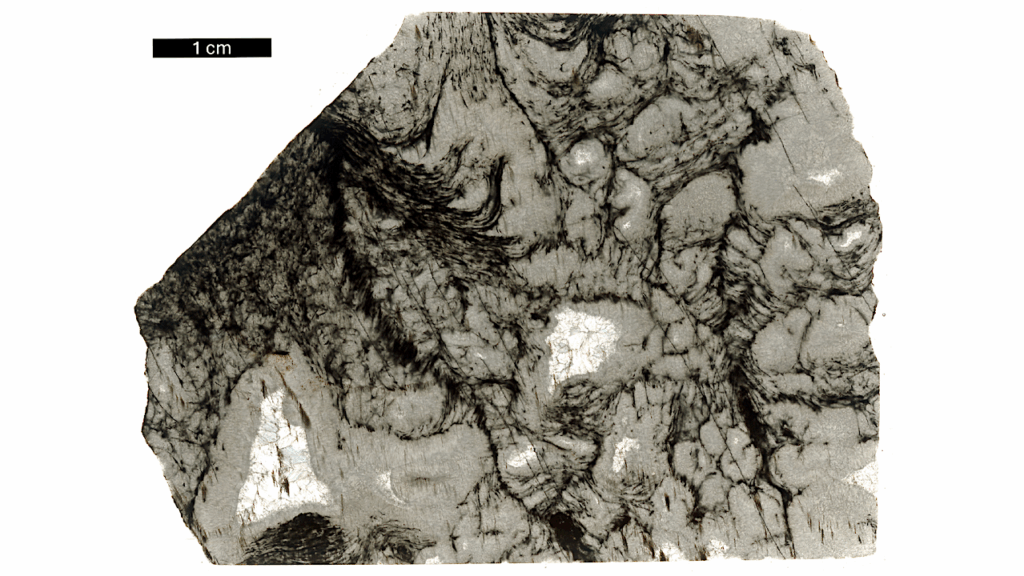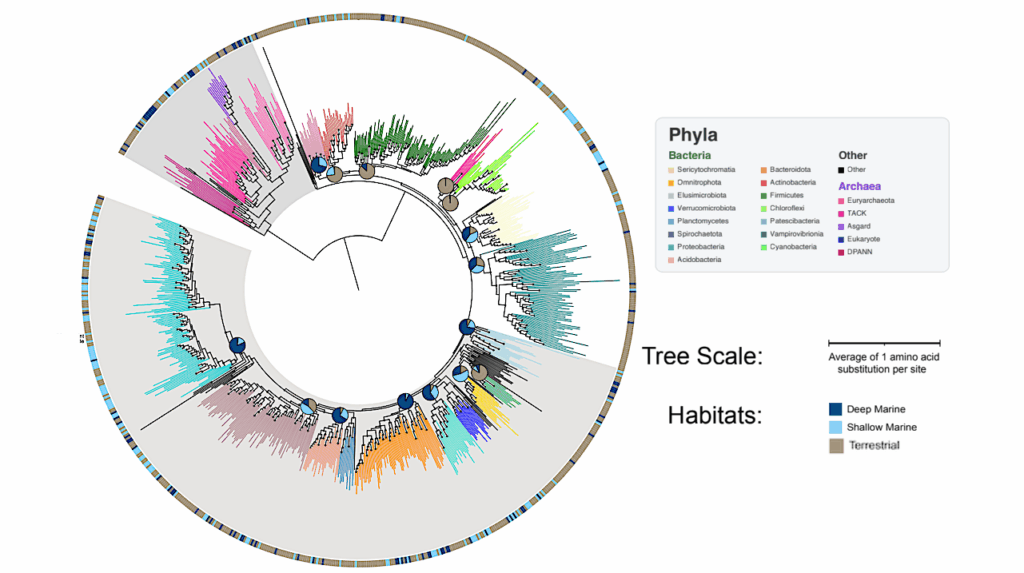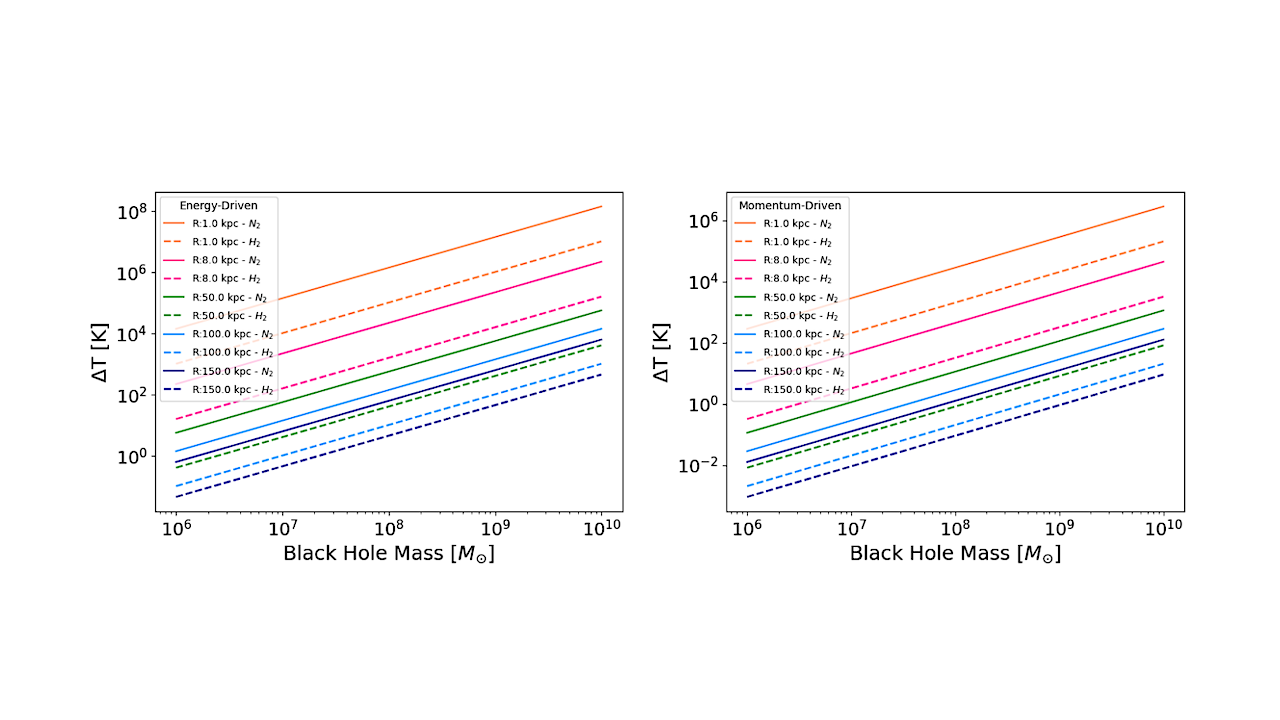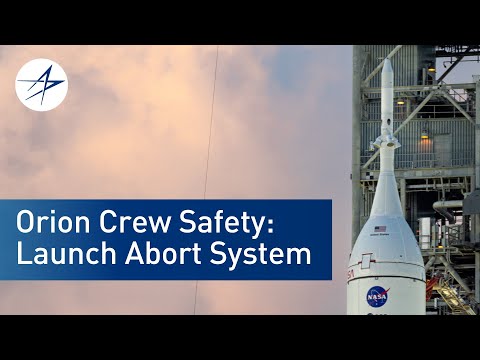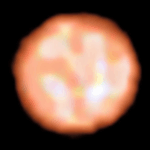Now Reading: The Effect of Oxygen Fugacity and Initial Volatile Abundance on the Atmospheres of the TRAPPIST-1 Planets
-
01
The Effect of Oxygen Fugacity and Initial Volatile Abundance on the Atmospheres of the TRAPPIST-1 Planets
The Effect of Oxygen Fugacity and Initial Volatile Abundance on the Atmospheres of the TRAPPIST-1 Planets
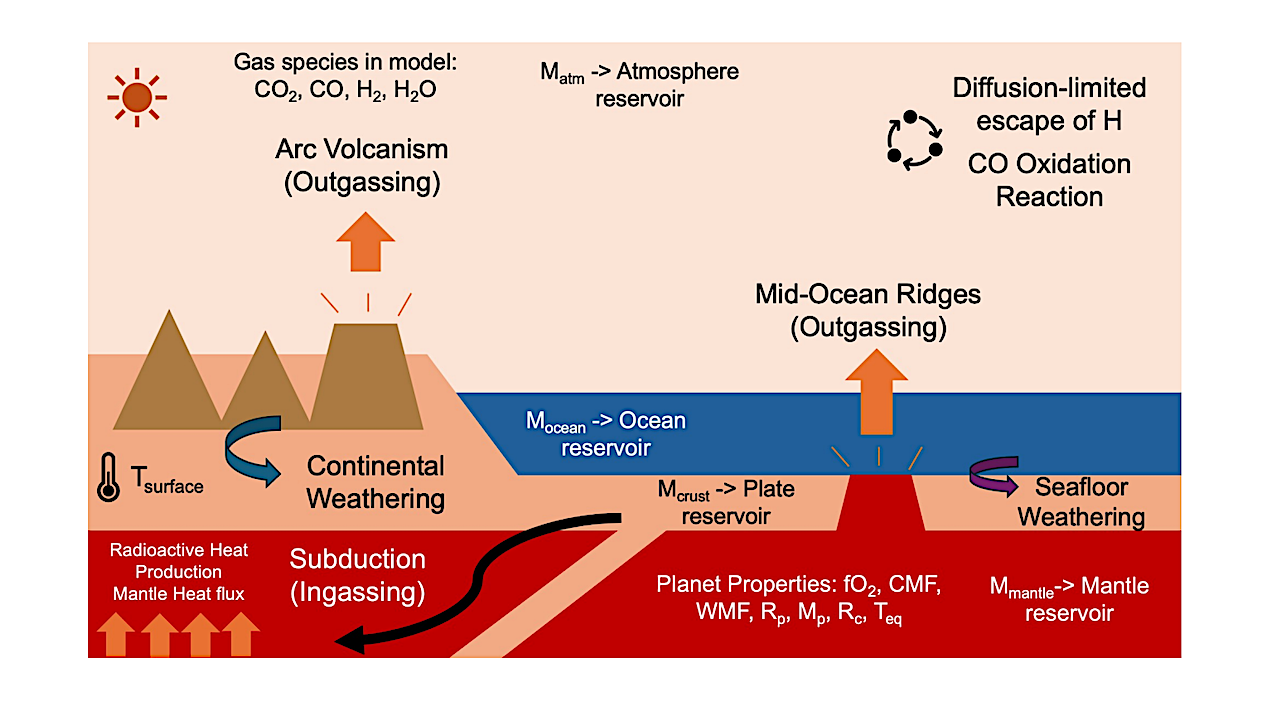
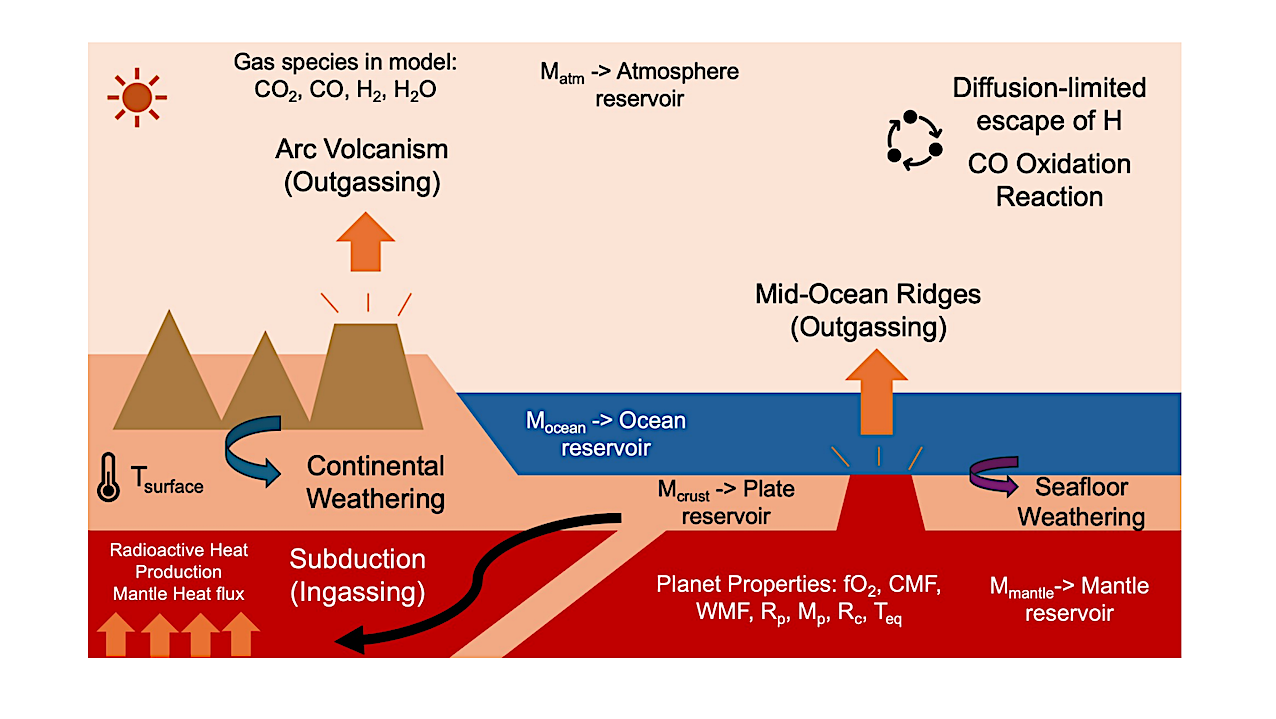
Overview of the atmosphere-interior exchange model we use for this study including the various geological processes that we simulate and the various parameters we consider in this model. The carbon cycle is the major overarching process added to this model, which is a negative feedback cycle that regulates the temperature of the planet over geologic timescales, which is crucial for studying habitability. — astro-ph.EP
The TRAPPIST-1 planets have become prime targets for studying the atmospheric and geophysical properties of planets around M-dwarf stars.
To effectively identify their atmospheric composition, we first must understand their geological evolution. For this study, we focus on enhancing an existing atmosphere-interior exchange model by incorporating additional geological processes relevant to rocky planets.
We have extended the model to include the carbon cycle, which enables the model to track four key gas species – CO2, CO, H2O, and H2 – across four planetary reservoirs: the mantle, plate, ocean, and atmosphere. Major features added include surface temperature calculations which are crucial for the carbon cycle, oxygen fugacity as a planetary interior parameter in the model, and oxidation reactions and diffusion-limited escape calculations to the atmosphere portion of the model.
We successfully validated the model for Earth and applied this model to study the effect of oxygen fugacity and initial water abundance on TRAPPIST-1 d, e and f. Our results for present-day abundances show that oxygen fugacity significantly affects the partial pressures of H2 and CO2 for all three planets with minor effects for CO on two of the planets. We also found that H2 is strongly dependent on water mass fraction (WMF).
The addition of atmospheric processes produced a significant difference in the H2 and CO abundances at present-day. These results highlight the importance of considering interior parameters to be able to further constrain the geological evolution of these planets and effectively put atmosphere observations into context.
What’s Inside Matters: The Effect of Oxygen Fugacity and Initial Volatile Abundance on the Atmospheres of the TRAPPIST-1 Planets
Junellie Perez, Laura K. Schaefer, Edward Schwieterman, Kevin B. Stevenson, Howard Chen, Jacob Lustig-Yaeger
Comments: 39 pages, 8 figures
Subjects: Earth and Planetary Astrophysics (astro-ph.EP)
Cite as: arXiv:2511.10801 [astro-ph.EP] (or arXiv:2511.10801v1 [astro-ph.EP] for this version)
https://doi.org/10.48550/arXiv.2511.10801
Focus to learn more
Submission history
From: Junellie Perez
[v1] Thu, 13 Nov 2025 21:10:01 UTC (1,752 KB)
https://arxiv.org/abs/2511.10801
Astrobiology, exoplanet,
Stay Informed With the Latest & Most Important News
Previous Post
Next Post
-
 012024 in Review: Highlights from NASA in Silicon Valley
012024 in Review: Highlights from NASA in Silicon Valley -
 02Panasonic Leica Summilux DG 15mm f/1.7 ASPH review
02Panasonic Leica Summilux DG 15mm f/1.7 ASPH review -
 03How New NASA, India Earth Satellite NISAR Will See Earth
03How New NASA, India Earth Satellite NISAR Will See Earth -
 04And Thus Begins A New Year For Life On Earth
04And Thus Begins A New Year For Life On Earth -
 05Astronomy Activation Ambassadors: A New Era
05Astronomy Activation Ambassadors: A New Era -
06SpaceX launch surge helps set new global launch record in 2024
-
 07Space Force plans new ‘Futures Command’ amid pressure to speed up modernization
07Space Force plans new ‘Futures Command’ amid pressure to speed up modernization













